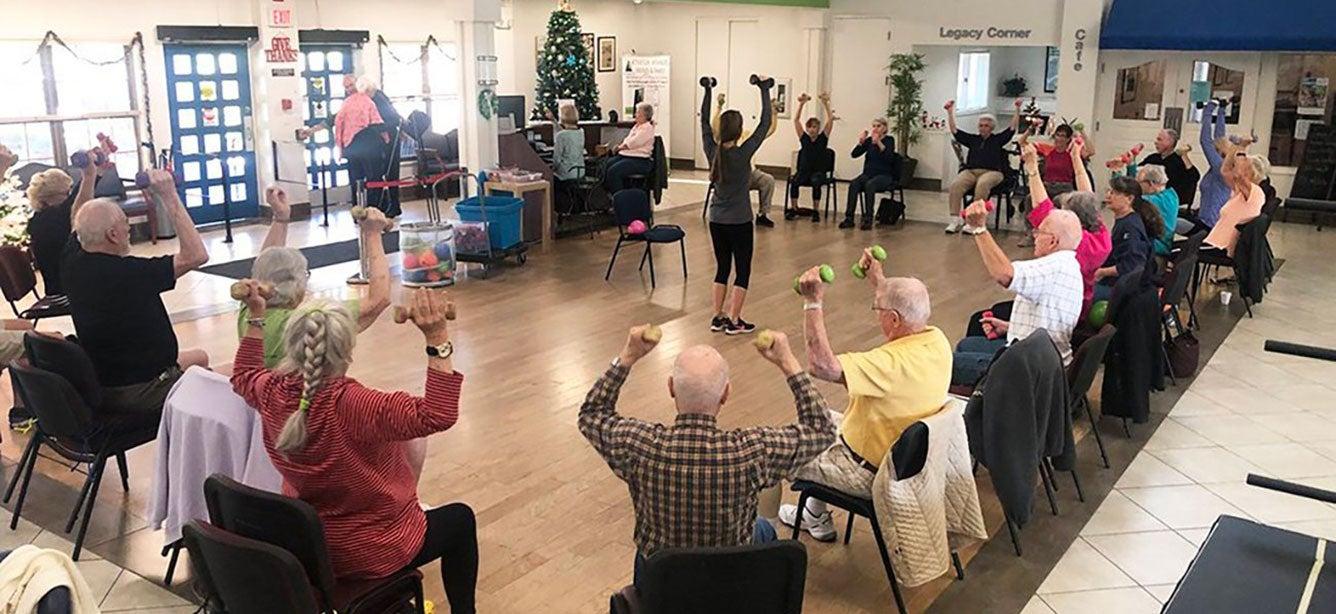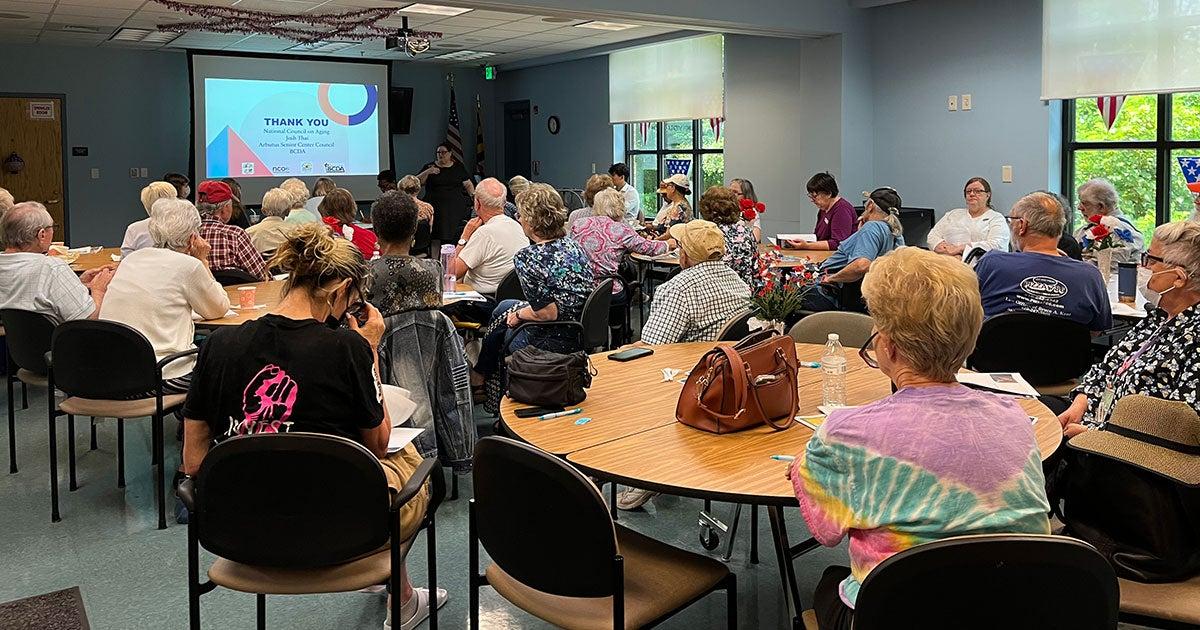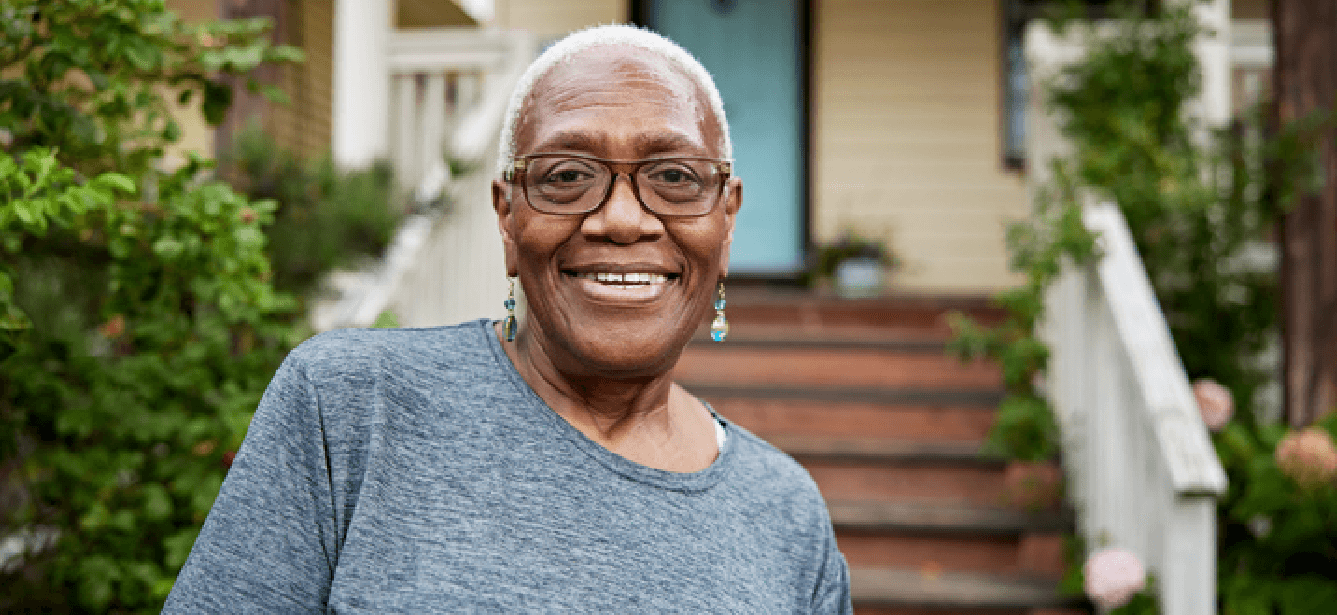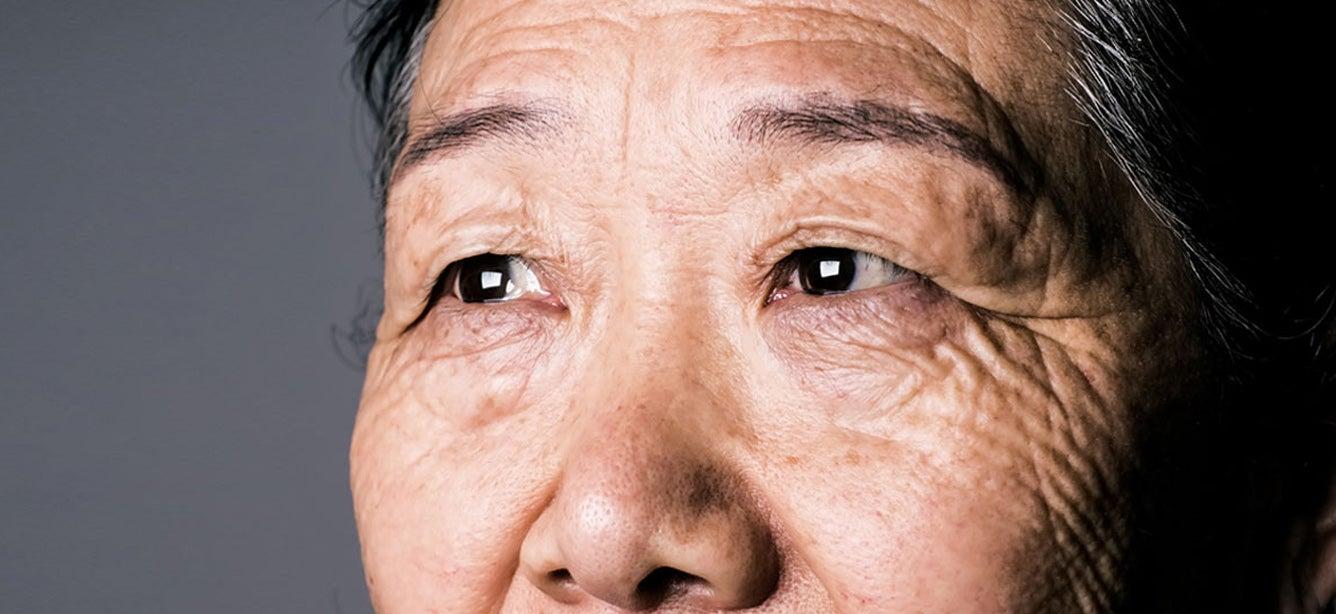
Related Topics
Senior centers, recognized by the Older Americans Act (OAA) as a community focal point, are one of the most widely used services among America’s older adults. Today, more than 11,000 senior centers serve more than 1 million older adults every day in their communities and neighborhoods.1
Benefits of senior centers
- Older adults who participate in senior center programs experience better psychological well-being across several measures compared to non-participants, including:
- Higher levels of health
- Increased social interaction
- Greater life satisfaction2
- Seventy-five percent of participants visit their center 1 to 3 times per week and spend an average of 3.3 hours per visit.3
- Research shows older adults who participate in senior center programs can learn to manage and delay the onset of chronic disease and experience measurable improvements in their physical, social, spiritual, emotional, mental, and economic well-being.
Senior center services
- Senior centers connect older adults to vital community services that can help them stay healthy and independent.
- More than 60% of senior centers are designated focal points for delivery of OAA services—allowing older adults to access multiple services in one place.4
- Senior centers work in partnership with other community agencies and organizations and businesses to provide access to an array of opportunities for older adults to stay safe, active, and healthy.
- Senior centers frequently serve as part of emergency response. During the pandemic, seniors centers were a lifeline for older adults and their communities.
- Senior centers offer a wide variety of programs and services, including:
- Meal and nutrition programs
- Information and assistance
- Health, fitness, and wellness programs
- Transportation services
- Public benefits counseling
- Employment assistance
- Volunteer and civic engagement opportunities
- Social and recreational activities
- Educational and arts programs
- Intergenerational programs
Senior center funding
To maintain operations, senior centers must leverage resources from a variety of sources. Primary funding sources are often local (municipal or county government tax dollars). Other sources include: federal and state governments; fundraising events; public and private grants; businesses; bequests; participant contributions; in-kind donations; and volunteer hours. Most centers rely on three to eight different funding sources.
The future of senior centers
Today’s senior centers are reinventing themselves to meet the needs and desires of three generations of older adults. Baby Boomers now constitute more than two-thirds of the 50+ population. Senior centers are developing new programs and opportunities for this dynamic generation of older adults and have an eye towards the future with the leading age of Generation X turning 60 in 2025.
NCOA’s role
NCOA supports the aging services network through the following:
The National Institute of Senior Centers (NISC)
The National Institute of Senior Centers (NISC) is the largest national membership organization dedicated to serving senior center professionals. Free to join, NISC supports senior centers with best practices and innovations in programming, as well and networking and training opportunities. NISC is setting the standard for the future of senior centers by promoting cutting-edge research, promising practices, professional development, and advocacy. NISC also offers the nation’s only National Senior Center Standards of Excellence Program.
Modernizing Senior Centers Resource Center
Through a cooperative agreement with the U.S. Administration for Community Living (ACL), NCOA has established a national Modernizing Senior Centers Resource Center to provide leadership, training, technical assistance, and a clearinghouse of innovative programs and strategies. These resources help ensure senior centers have the capacity, tools, and support needed to meet the current and future needs of diverse older adults across the U.S.
Sources
1. Grants.gov. HHS-2021-ACL-AOA-PPSC-0080, Modernizing Senior Centers Resource Center, Department of Health and Human Services, Administration for Community Living. May 27, 2021. Found on the internet at https://www.grants.gov/web/grants/view-opportunity.html?oppId=331088
2. Hernandez, S. WebMD. What to Know About Senior Centers. Found on the internet at https://www.webmd.com/healthy-aging/what-to-know-about-senior-centers
3. Manoj Pardasani and Cathy Berkman. New York City Senior Centers: Who Participates and Why? Journal of Applied Gerontology. September 2021. Found on the internet at https://journals.sagepub.com/doi/abs/10.1177/0733464820917304
4. Administration for Community Living. Older Americans Act Title III Programs. 2020 Program Results. Found on the internet at https://acl.gov/sites/default/files/news%202022-09/OAA%20Report_Module%201_Title%20III_8-26-22%20FINAL_508.pdf




